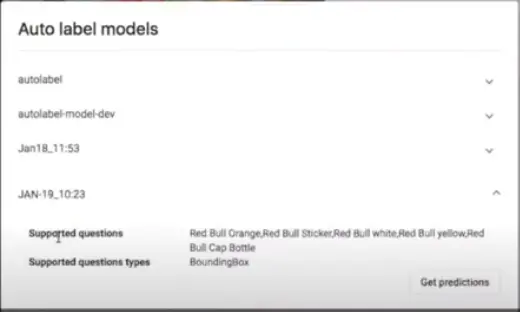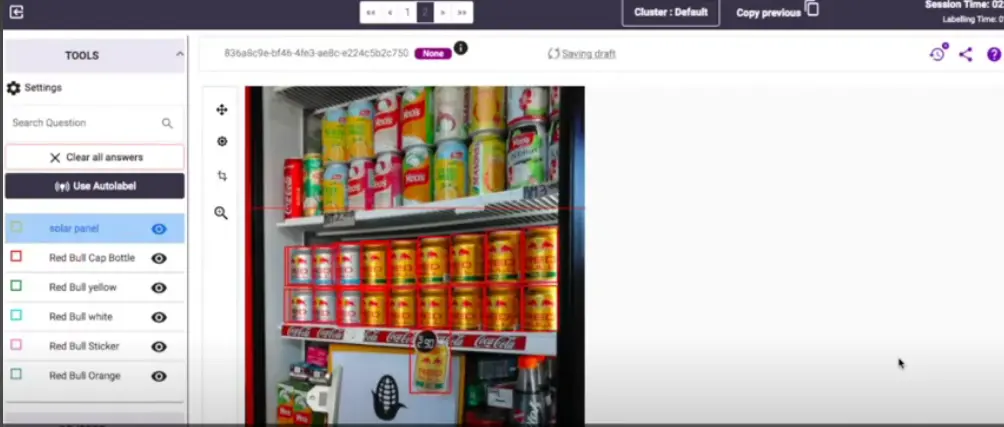Faster Data Annotation With Labellerr's Auto-Label Feature

Table of Contents
- Introduction
- Why is it needed?
- Advantages of using AutoLabel
- How to use Autolabel in Labellerr?
- Conclusion
- Frequently Asked Questions
Introduction
In data annotation, time, efficiency and productivity are important. To address these challenges Labellerr comes up with its latest feature: the auto-label feature.
It is designed to streamline the annotation process and allows annotators to label files, whether images or documents, with just one click.
With a focus on active-based learning, Labellerr is gradually reducing the need for manual annotations, ensuring annotators can accomplish more in less time.
Why is it needed?
Annotation tasks can be time-consuming, often requiring annotators to label numerous objects within each file manually.
Labellerr's auto-label feature addresses this challenge by automating the annotation process, allowing annotators to label files with just one click. This not only saves time, but also significantly boosts annotator productivity.
Moreover, Labellerr's active-based learning ensures that the auto-label feature is continuously improving, further enhancing its accuracy and efficiency over time.
By reducing the burden of manual annotations, the auto-label feature allows annotators to focus on more complex tasks, improving efficiency and ultimately improving the quality of annotated data.
Advantages of using AutoLabel
Time Savings: Labellerr's auto-label feature enables annotators to label files with just one click, significantly reducing the time required for manual annotations.
Increased Productivity: By automating the annotation process, annotators can accomplish more in less time, boosting overall productivity and throughput.
Improved Efficiency : The auto-label feature streamlines the annotation workflow, allowing annotators to focus on more critical tasks rather than spending time on repetitive labeling tasks.
Ease of Use: The one-click labeling functionality makes the annotation process intuitive and user-friendly, requiring minimal training for annotators to utilize the feature effectively.
Adaptability: Labellerr's active-based learning means that the auto-label feature is continuously improving and adapting to the specific needs of annotation projects, ensuring optimal performance over time.
Cost Savings: The time savings achieved through automated labeling translate into cost savings for organizations, as fewer resources are required to complete annotation tasks.
How to use Autolabel in labellerr?
- After you have uploaded your dataset and click on Use Autolabel on the left panel and select the pre-trained model and click on Get predictions.

2. Now you can see all the objects are annotated in just once click.

Conclusion
In conclusion, Labellerr's auto-label feature represents a significant improvement in the field of data annotation, offering annotation teams a powerful tool to streamline their workflows and enhance productivity.
By automating the labeling process with just one click, annotators can save valuable time, increase efficiency, and improve the overall quality of annotated data.
This feature not only boosts productivity but also ensures greater consistency, scalability, and adaptability in annotation projects.
Frequently Asked Questions
Q1) What is Labellerr's auto-label feature?
Labellerr's auto-label feature is a tool designed to streamline the annotation process by automatically labeling files, such as images or documents, with just one click.
Q2) What are the benefits of using the auto-label feature?
The auto-label feature offers several benefits, including time savings, increased productivity, consistency in labeling, scalability for handling large datasets, and improved accuracy in annotated data.

Simplify Your Data Annotation Workflow With Proven Strategies
Download the Free Guide

